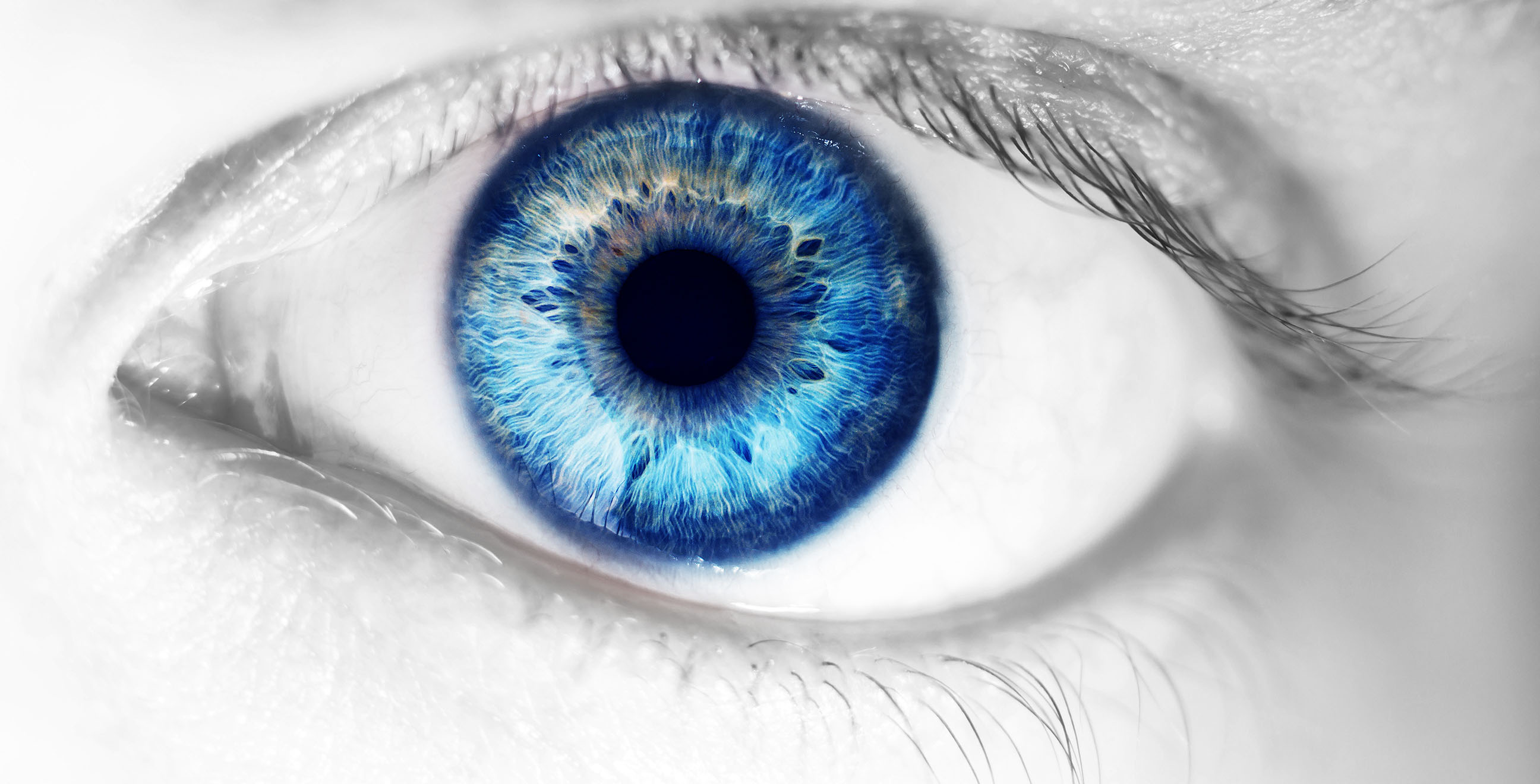Chronic conditions like diabetes can lead to serious diabetic eye problems that might not be reversible. It might even lead to permanent vision loss. Conditions like diabetic cataract, diabetic macular edema, non-proliferative diabetic retinopathy, and proliferative diabetic retinopathy, can lead to vision loss.
The relation between diabetes and eyes goes deep. Diabetes leads to dysfunction of blood vessels (large and small) and capillaries in the eyes. When blood vessels that transport oxygen and nutrients to eyes are damaged, tissues of all parts of eye undergo hypoxia (a condition that is characterized by lack of oxygen).
This lack of oxygen triggers neovascularization(new and fragile blood vessels). These new blood vessels can leak protein and edema into the surrounding areas. Ocular neovascularization is the leading cause of non-proliferative diabetic retinopathy, proliferative diabetic retinopathy, and diabetic macular edema.
Diabetes and Eyes – Diseases of Pupils
What are pupils?
The pupils of eyes are holes present in the center of the iris. They appear black and allow light to be absorbed into the retina. Pupils are round in shape and are made of smooth muscles. They get narrower in light and wider in dark.
Diseases of pupils
Due to certain diseases and narcotic substances, pupils dilate. Drugs and medications like opioids and amphetamines dilate the pupils and diseases like miosis and diabetes lead to contraction or reduction of pupil size.
Pupils are prone to abnormalities that can arise due to conditions like third nerve palsy, thyroid eye disease, pseudo tumors, giant cell arteritis, and many other conditions.
Diabetes and Eyes – Smaller Pupil Sizes
Diabetes can cause specific damage to the pupils and leads to smaller pupil sizes when compared to normal individuals. When coupled with high blood pressure and uncontrolled diabetes, high blood sugar levels can cause huge damage to the pupils.
This is first seen in the inability to adjust vision in darker places. The action of pupils is to get narrower in places where there is light and get wider where it is dark. Due to diabetes it can no longer dilate and remains small. Hence, this causes decreased vision in the dark.
This decrease in the size of the pupil is called pupillary miosis. Though this is mostly seen in people with type 1 diabetes, it is also present in people with type 2 diabetes. The possibility of pupillary miosis increases with tenure of diabetes. This is more common among children with type 1 diabetes.
Smaller Pupils in People with Diabetes – Why it matters
Poor diabetes control, high blood sugar levels, long duration of diabetes, and high blood pressure are responsible for numerous complications like microvascular diseases, and microaneurysms.
In people with diabetes, reflexes of the pupil remain normal. They respond to light and yet their size is reduced. The reason for this is attributed to diabetes-related damage to blood vessels.
When blood vessels of eyes are damaged, they lead to damage of sympathetic nerves of eyes and hence damage the pupils. Microvascular damage is the origin of all damage to the eyes and it also leads to the reduction of size of the pupils.
Children with type 1 diabetes have a reduced pupillary diameter. Reduced pupillary size, due to its close relation to blood vessel damage and retinal damage, is considered as one of the diabetic retinopathy symptoms for people with long term diabetes.
Diabetes and Eyes – Autonomic Neuropathy and Diabetic Ophthalmoplegia
Diabetes is known to cause a condition called autonomic neuropathy. Nerves that regulate heart rate, respiratory rate, blood pressure, intestinal activity, sphincter activity and other involuntary activities are called autonomic nerves. When diabetic neuropathy affects autonomic nerves it is called autonomic neuropathy.
Autonomic neuropathy can affect the oculomotor nerve whose functions are to raise and lower the eyeballs and provide lateral movement. It also functions to provide pupillary reflexes and its constriction.
Autonomic neuropathy of oculomotor nerve due to diabetes causes weakness and paralysis of eye muscles. In some cases, it is even known to cause unequal pupil sizes in both eyes. Weakness and paralysis of eye muscles in people with diabetes is known as diabetic ophthalmoplegia. This is a common diabetic eye problem that is caused due to damage of the oculomotor nerve. Damage to oculomotor nerve in most cases is due to the compression from an aneurysm.
Pupillary Changes – A Symptom of Low or High Blood Sugar Level
Blurry vision is a symptom of diabetes and is caused due to swelling of the lens. In people with diabetes, episodes of hypoglycemia are often seen first in the eyes with a change in pupillary size.
Hypoglycemia and Dilated Pupils
When blood sugar levels plummet, it can lead to an episode of hypoglycemia. Before a classic episode of hypoglycemia, a person often experiences symptoms like nervousness, irritability, shakiness, tiredness, hunger and lack of concentration. A significant sign is dilated pupils.
This can be significant in the case of children with diabetes as they might not be capable of expressing their symptoms and parents can look out for dilated pupils.











